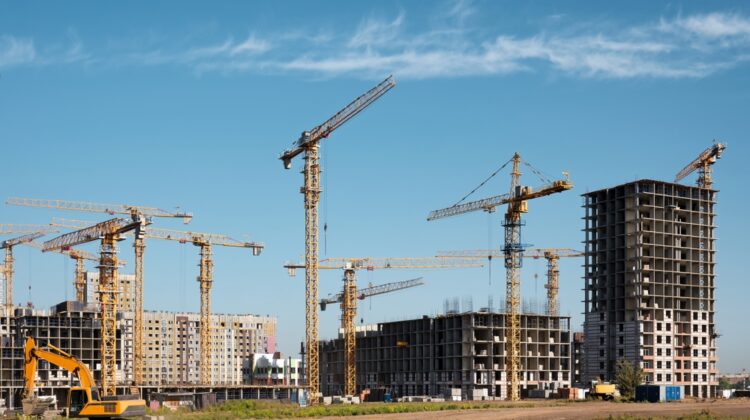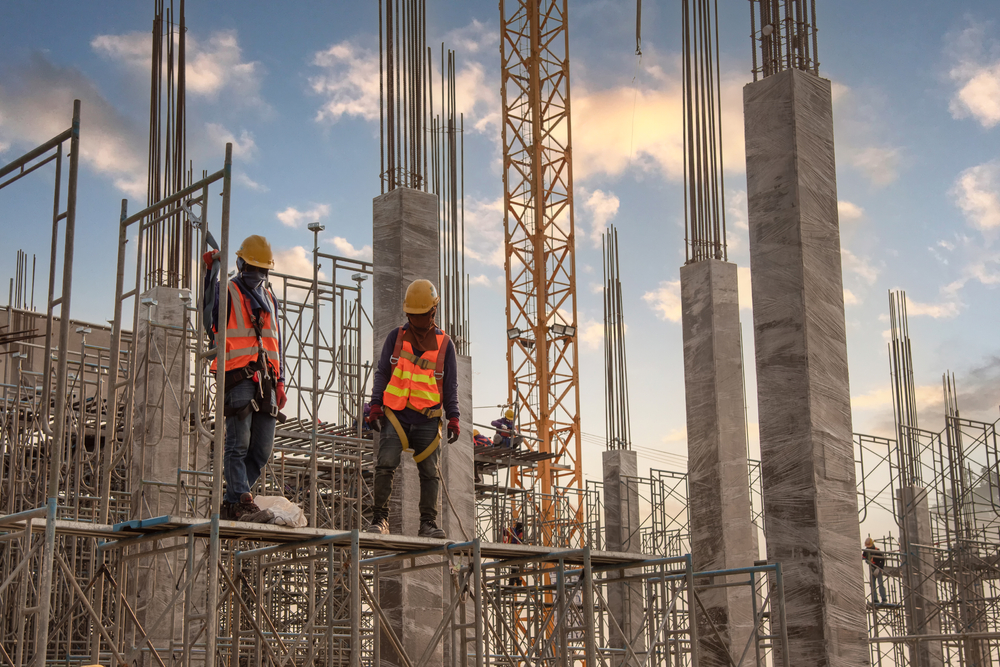
Hazardous Waste Disposal in Construction
Hazardous Waste Disposal in Construction
In the construction industry, managing waste responsibly is key to protecting both the environment and public health. Among the various types of waste generated on sites, hazardous waste disposal is one of the most critical aspects of environmental management. Improper handling of hazardous waste can lead to soil, air, and water contamination — causing long-term ecological damage.
Implementing proper hazardous waste disposal methods ensures safety, legal compliance, and sustainability throughout the project lifecycle.
Understanding Hazardous Waste in Construction
Hazardous waste refers to materials that pose a threat to human health or the environment due to their toxic, flammable, or corrosive nature. In construction, such materials often include:
-
Paints, solvents, and adhesives
-
Asbestos and lead-based materials
-
Contaminated soil or debris
-
Batteries and electronic waste
-
Chemicals used in waterproofing and coatings
Proper hazardous waste disposal involves identifying, segregating, storing, transporting, and treating these materials according to national and local environmental standards.
Why Hazardous Waste Disposal is Crucial
Neglecting hazardous waste disposal can have serious repercussions. Toxic substances may leach into groundwater, release harmful gases, or endanger construction workers and nearby communities.
Here’s why hazardous waste disposal is vital for every construction project:
-
Environmental Protection: Prevents pollution of soil, air, and water sources.
-
Health and Safety: Minimizes exposure risks for workers and residents.
-
Regulatory Compliance: Aligns with national environmental laws.
-
Sustainable Reputation: Demonstrates environmental responsibility and green values.
-
Cost Efficiency: Reduces penalties and cleanup costs caused by contamination.
Effective hazardous waste disposal isn’t just a compliance requirement — it’s a sustainability commitment.
Steps for Safe Hazardous Waste Disposal
1. Identification and Classification
The first step is recognizing hazardous materials on-site. Waste must be categorized based on chemical composition, flammability, toxicity, or corrosiveness.
2. Segregation and Labeling
Separate hazardous waste from general waste. Containers must be clearly labeled with hazard symbols to avoid accidental mixing.
3. Secure Storage
Temporary on-site storage areas should be weatherproof, ventilated, and compliant with safety guidelines. This step is crucial for proper hazardous waste disposal.
4. Transportation and Treatment
Transport hazardous waste through licensed handlers to approved treatment, storage, and disposal facilities (TSDFs). In India, these are authorized by the Central Pollution Control Board (CPCB).
5. Documentation and Compliance
Maintain detailed waste manifests and records for each batch. This ensures traceability and compliance with the Hazardous and Other Wastes (Management and Transboundary Movement) Rules, 2016.

Best Practices for Hazardous Waste Disposal
Implementing best practices enhances safety and efficiency in hazardous waste disposal:
-
Use eco-friendly alternatives to minimize hazardous material use.
-
Train workers in waste handling and emergency response.
-
Install spill containment systems to prevent contamination.
-
Conduct regular site audits for compliance verification.
-
Partner with certified disposal agencies for secure waste management.
These measures align with green construction practices and improve the environmental performance of the project.
Regulations Governing Hazardous Waste Disposal in India
In India, hazardous waste is regulated under the Environment (Protection) Act, 1986 and the Hazardous and Other Wastes Rules, 2016. The CPCB and State Pollution Control Boards (SPCBs) oversee waste management compliance, authorizing collection, treatment, and storage facilities.
Construction companies must register hazardous waste generators, submit periodic returns, and adopt pollution control systems to minimize risks. Adhering to these laws is essential for obtaining environmental clearance for large infrastructure and industrial projects.
Integrating Hazardous Waste Disposal with Sustainable Construction
Modern construction projects increasingly focus on sustainability and waste management integration. Effective hazardous waste complements other environmental strategies such as:
-
Erosion and sediment control
-
Water pollution prevention
-
Low-emission construction equipment
-
Recycled materials usage
Together, these approaches create a closed-loop system that minimizes environmental damage and promotes sustainable construction methods.
Partner with AMS India for Responsible Waste Management
At AMS India, we offer comprehensive waste management and hazardous waste services tailored to construction projects. Our expert solutions ensure safety, compliance, and sustainability at every stage.
With a focus on pollution control, resource optimization, and eco-friendly materials, AMS India helps developers reduce their environmental footprint while maintaining operational excellence.
Conclusion
Effective hazardous waste disposal is more than a legal necessity — it’s a cornerstone of responsible construction. By identifying, managing, and disposing of hazardous materials properly, construction companies can protect ecosystems, workers, and communities.
Embracing these sustainable practices not only ensures compliance with India’s environmental regulations but also strengthens your commitment to green building and a cleaner future.
Read more related articles to enhance your knowledge and make informed decisions
Cost-Effective Modular Construction: Fast, and Sustainable Building Solutions
Smart Modular Buildings: Innovative, Efficient, and Sustainable Construction








